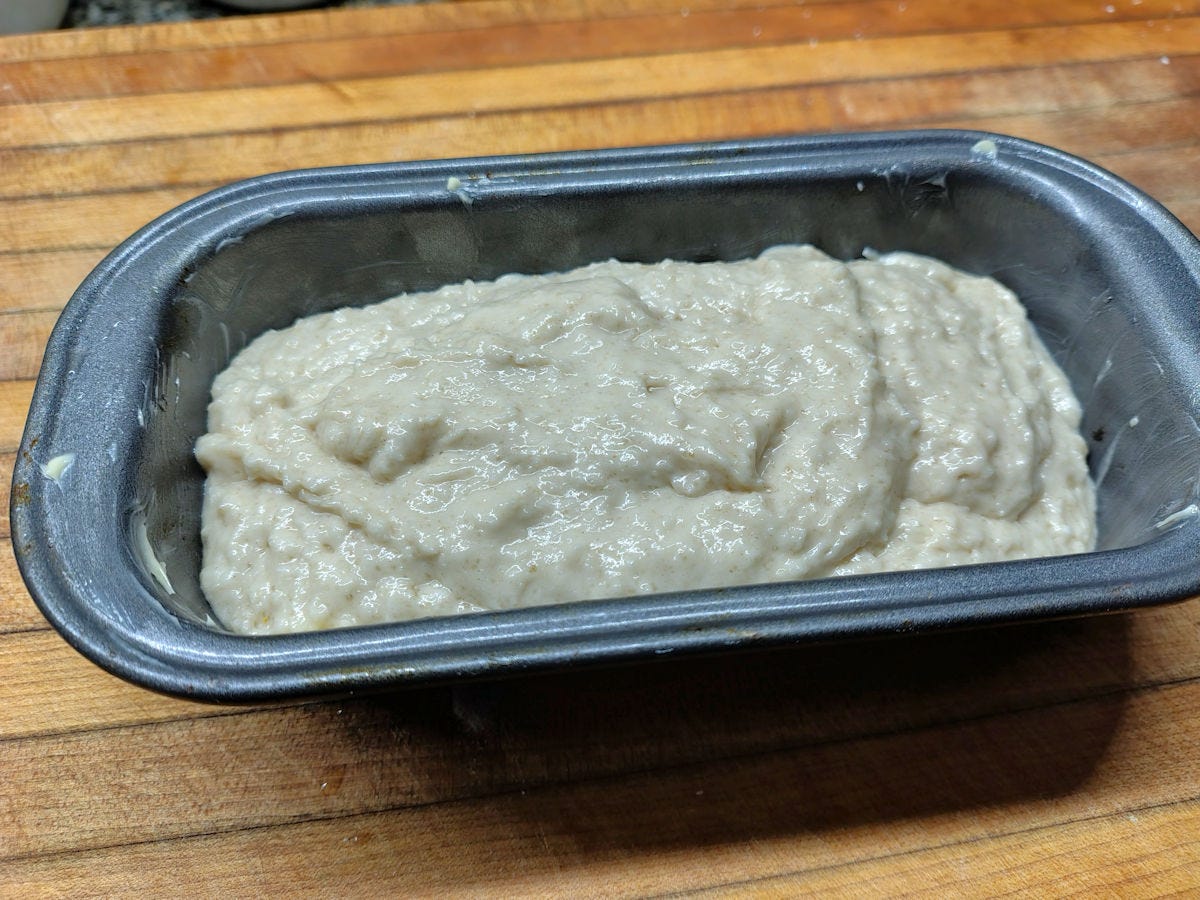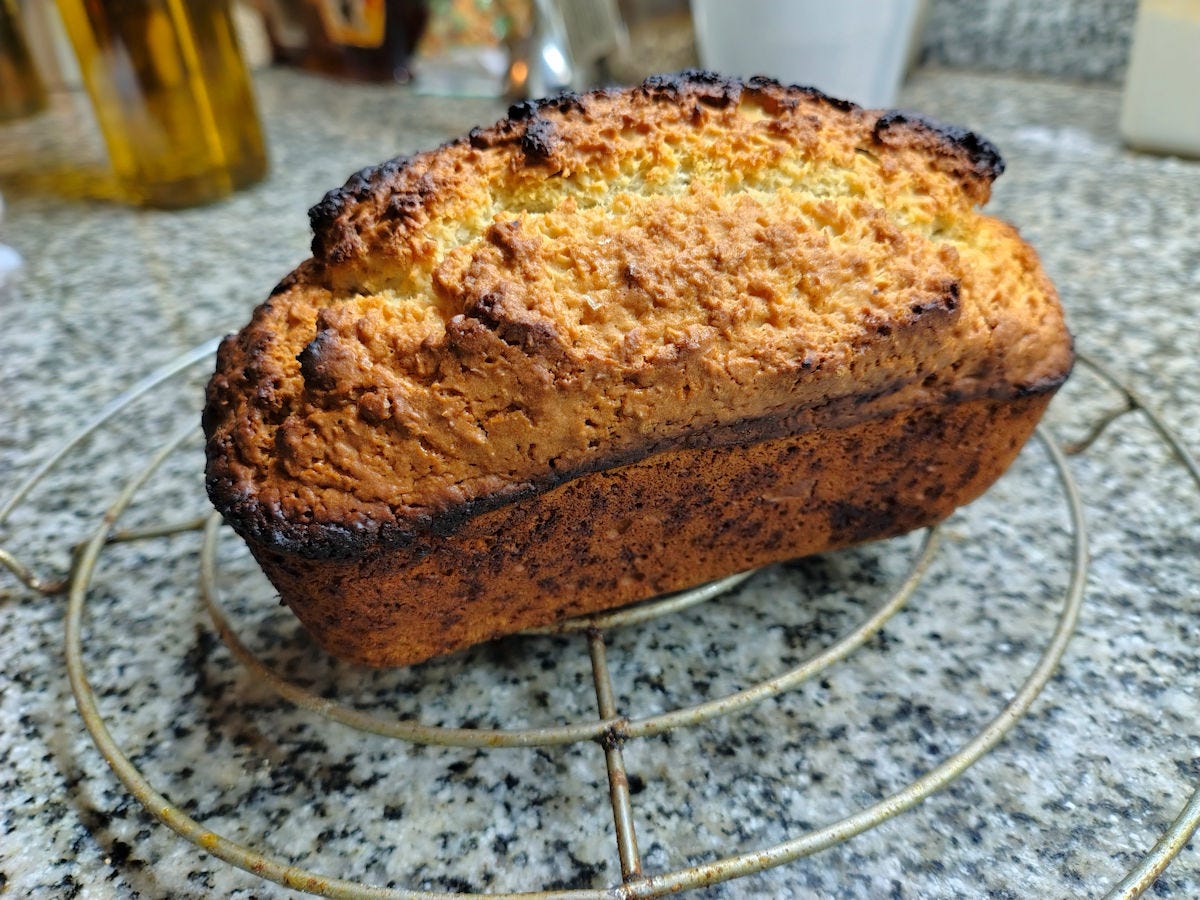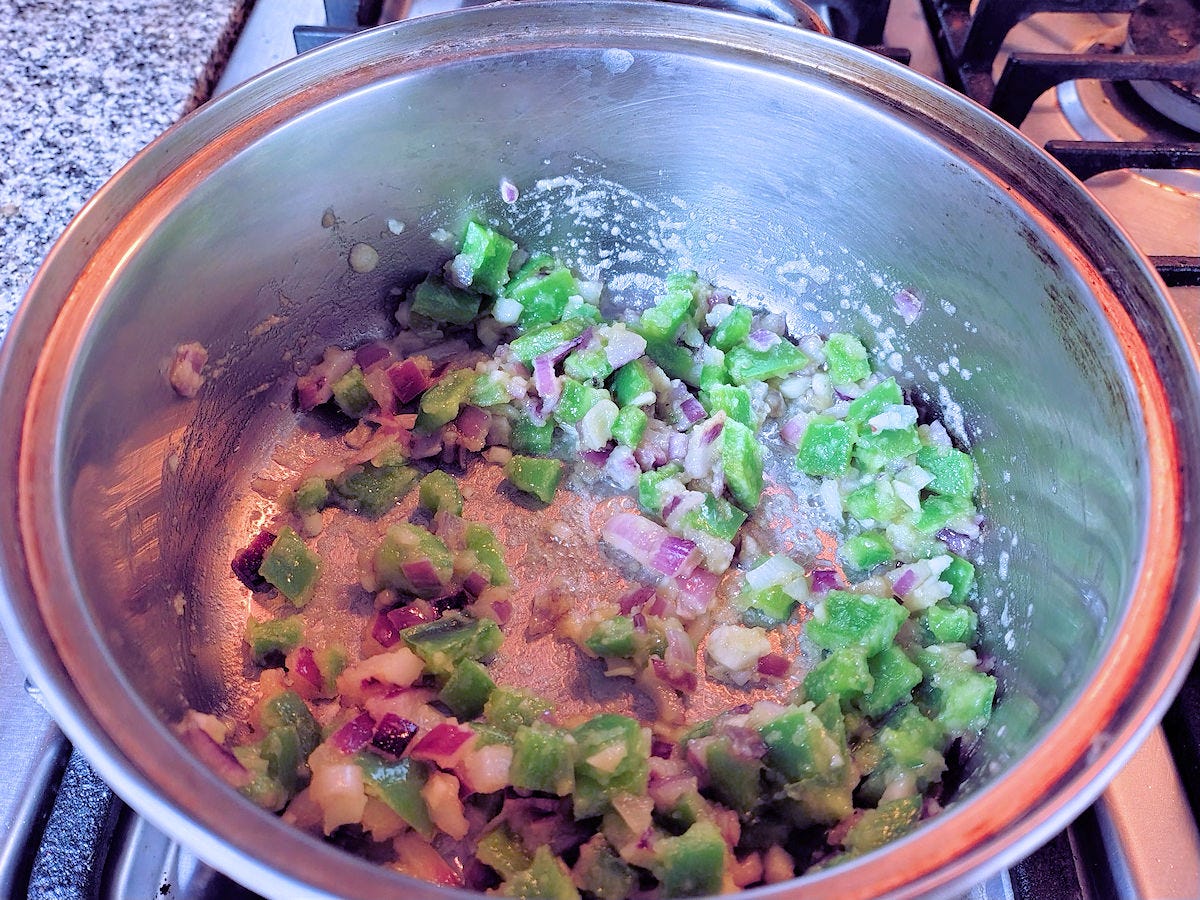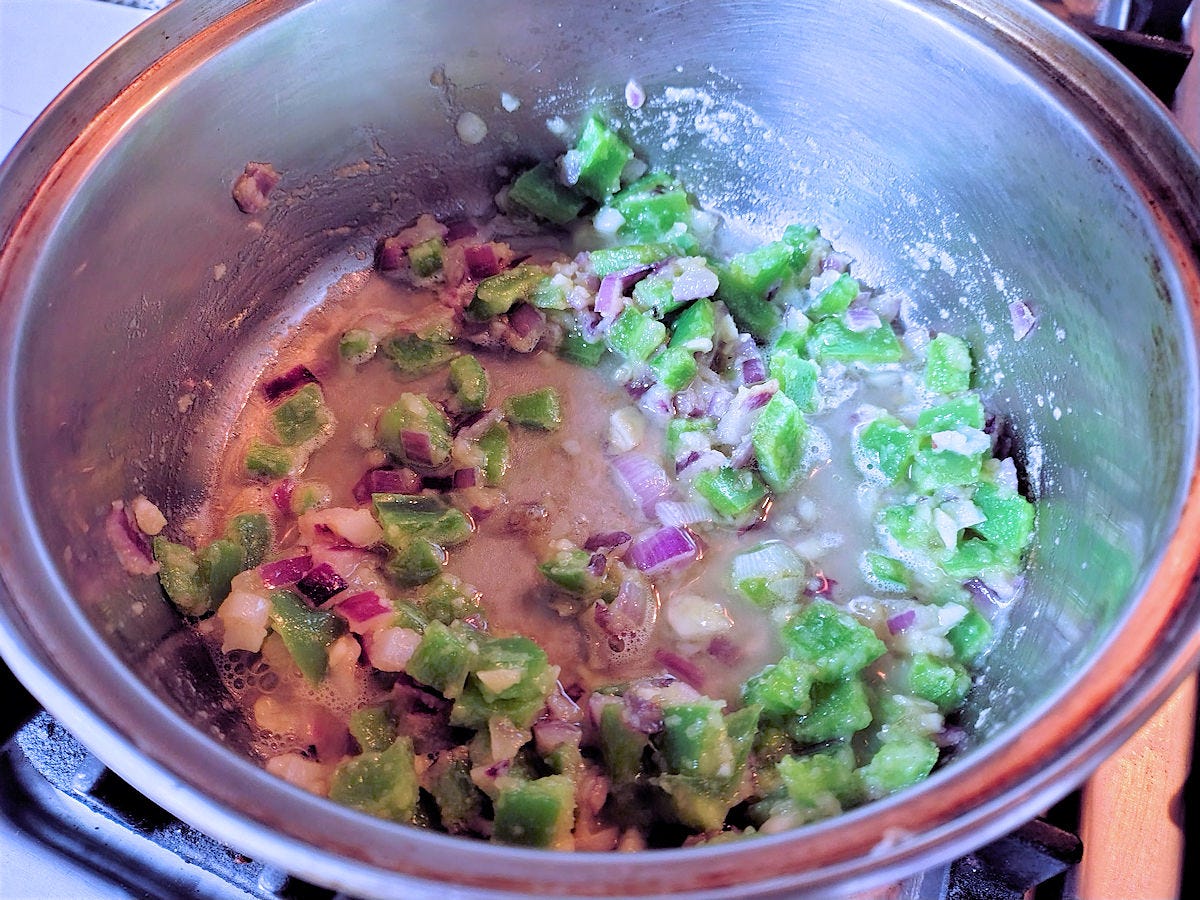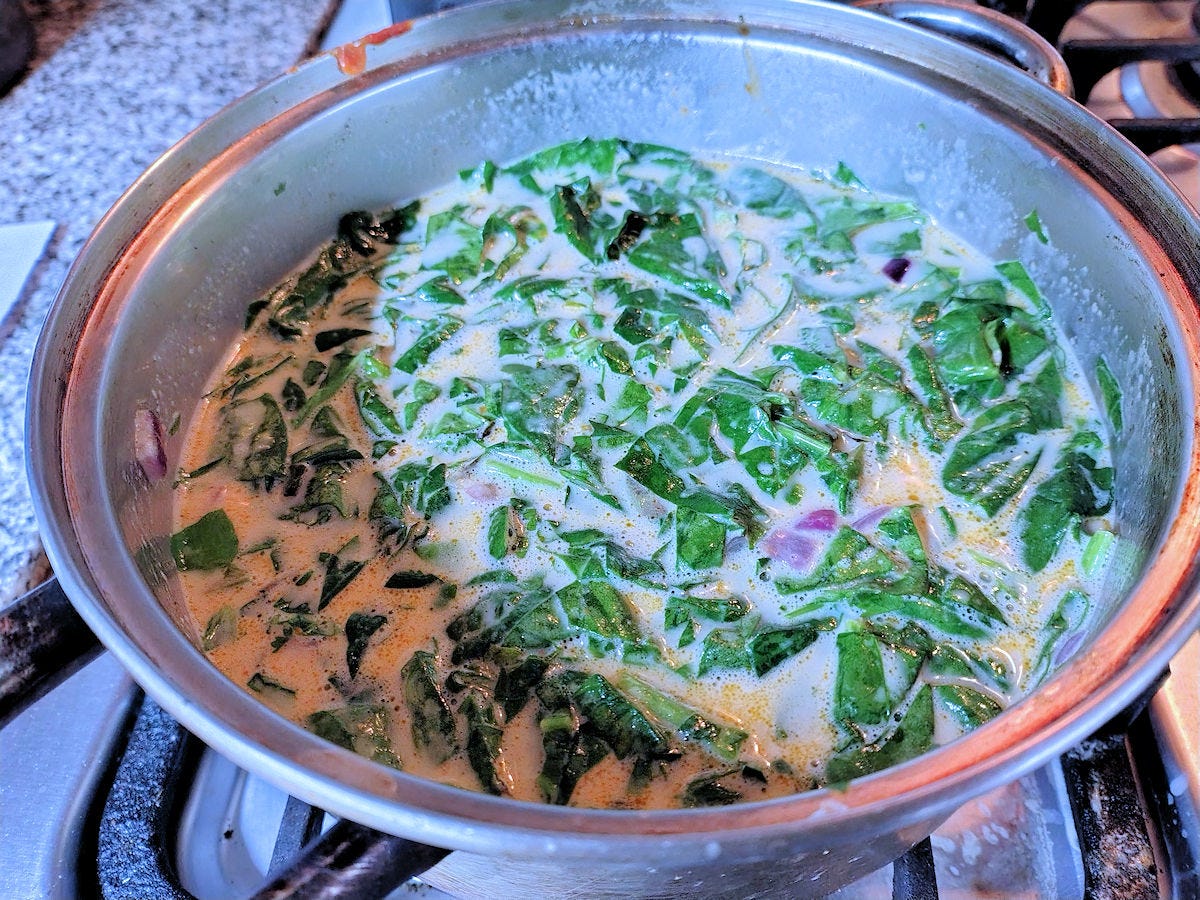The Bread & Soup Project #64 - French Polynesia
'Tahiti Nui Mare'a'rea' ('Great Tahiti of the Golden Haze'), the national motto of the islands.
French Polynesia is a cluster of over 100 islands scattered across the South Pacific Ocean, roughly midway between South America and Australia, and stretching across a territory as vast as Western Europe. It is comprised of five archipelagos: the Society Islands, the Marquesas, the Tuamotu Archipelago, the Gambier Islands, and the Austral Islands. Among these, Tahiti, located in the Society Islands, is the largest and most populated. The islands together have a landmass of just 4,167 square kilometers (1,609 square miles), barely larger than Rhode Island when combined, or for my European readers, about 1.5 times the size of Luxembourg. However, the territorial waters cover a massive 2.5 million square kilometers (a little shy of 1 million square miles), more than half the size of the US or Europe. The population of French Polynesia hovers around 280,000, a quarter of Rhode Island’s numbers, or less than half of Luxembourg’s - predominantly centered on Tahiti and its capital city, Papeete.
The history of French Polynesia is one of centuries of exploration, colonization, and political transitions. The islands were first settled by Polynesians around 1000 AD, followed by European discovery in the 16th century. Spain, then Britain, and eventually France all laid claims to the region. France solidified its control in the mid-19th century, turning the islands into a colony and then in 1946 granting them the status of an overseas territory. This connection is not without controversy, with many local groups advocating for greater independence.
The flag of French Polynesia features two red horizontal bands sandwiching a band of white, the traditional colors of the islands, with a central emblem depicting a Polynesian canoe on waves representing the spirit of exploration and conquest, a stylized golden sun, and five figures in the canoe representing the five island groups.
French Polynesia’s cuisine is a tapestry woven with influences from its Polynesian roots, French colonial heritage, and an abundance of fresh local ingredients. Staples like taro, breadfruit, and coconut are celebrated alongside seafood from the surrounding Pacific waters. Poisson cru, a raw fish salad marinated in lime and coconut milk, embodies the meeting of traditional flavors with a modern flair. French techniques sneak their way into baking and pastry-making, with baguettes and buttery croissants being staples of island breakfasts. The fusion of Polynesian spices with French cuisine creates a culinary experience that mirrors the cultural blend of the islands themselves - a celebration of history, geography, and people in every bite.
On to The Bread & Soup Project! While most of the breads seemed to mimic those of France, I decided to make a version of a ubiquitous breakfast bread, ‘ipo, a coconut infused bread, just for something different. I figured upfront it might be a bit sweet for a dinner accompaniment, but wasn’t interested in just making a classic French bread. Soup doesn’t seem to be a huge part of island life - though thicker seafood stews are often ladled over rice. But more than one cook local to the islands offered up versions of either fish or shellfish stews that could be lightened up and served as a soup, and I went with a delicious sounding coconut and crab soup, or Soupe de crabe that popped up on multiple online sites.
The bread is actually pretty simple. While the traditional ‘ipo is made with freshly grated coconut, I wasn’t about to go that route for the small quantity I needed, and a lot of the online recipes call for the unsweetened, grated coconut that many of us bake with. I was making a small batch of this, just for two portions, so I have 125gm of bread flour, 50gm sugar, 20gm coconut, 5gm baking powder, a large pinch of salt, and 300ml of coconut milk.
Just mix them all together and put into a greased loaf tin. Pop it in a preheated oven and bake until…
…not quite this browned. I got interrupted by a plumber arriving to fix something I’d been waiting on for a couple of days and got distracted. Suddenly realized I was smelling a touch of burning and grabbed it out of the oven before it got too blackened - just a touch around the edges.
The soup has a few more moving parts to it. Starting in front - a handful of cilantro, about 125gm of crab meat, a large pat of butter and an equal amount of flour, tomato paste, salt, pepper, fresh spinach, a green bell pepper, garlic, small red onion, some fish stock, and coconut milk. Not pictured, about 60ml of white wine.
Make a light roux with the butter and flour.
Add the chopped onion, bell pepper, garlic, salt, and pepper and sauté until soft.
Deglaze with the wine. Let it evaporate off.
Add the tomato paste and cook until thickened.
Add the chopped spinach leaves, coconut milk, and fish stock, bring to a simmer.
Cook until it’s well wilted, just a couple of minutes after it comes to a simmer.
Add the crabmeat and cilantro and continue simmering just long enough to cook it through - just a minute or two. Try not to let it come to a full boil and bubble up the pot…
Adjust seasoning if needed.
And, serve!
The soup is really good. I kind of want something spicy in it, the coconut milk and crab make it pretty sweet, and that was added to by the sweetness of the coconut bread, which is really probably more for toasting, buttering, and eating for breakfast or a snack. I do like them both, but would probably do some adjusting for our tastes - a little chili, and likely, a different, more classic French bread with the soup; and, as noted, treated the bread as a breakfast treat.
The Fs are done! Next time, we’re off to Central Africa and Gabon, the start of the Gs….




